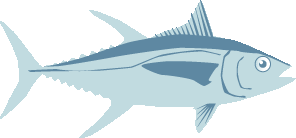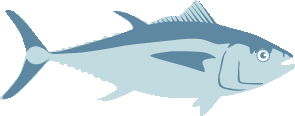Overview
The fishery being assessed is Star Trading Indian Ocean longline tuna fishery. The fishery targets albacore (Thunnus alalunga) tuna, bigeye (T. obesus) and yellowfin (T. albacares) tunas.
There are 16 longline vessels flagged to Malaysia and fish exclusively in the Indian Ocean and the EEZs of Seychelles, Mauritius, and Madacasgar. The fishery is managed regionally by the Indian Ocean Tuna Committee (IOTC) in the Indian Ocean.
The fishery being assessed is Star Trading Indian Ocean longline tuna fishery. The fishery targets albacore (Thunnus alalunga) tuna, bigeye (T. obesus) and yellowfin (T. albacares) tunas.
Sustainable Fish Stocks – To ensure tuna and other primary species catches across the Indian Ocean do not exceed sustainable levels by April 2030.
Minimising Environmental Impacts – To promote the ecosystem-based approach to fisheries management by April 2030.
Effective Management – To strengthen governance systems in Flag States, RFMO and the fishery by April 2030.
Be in a place to enter MSC full assessment in April 2030.
FIP at a Glance
| 29% | 46% | 25% |
This pie chart represents completed environmental actions. Non-completed environmental actions may contain completed sub-tasks that are not illustrated here. For more information on environmental action progress visit the Actions Progress tab.
- Complete
- Incomplete



